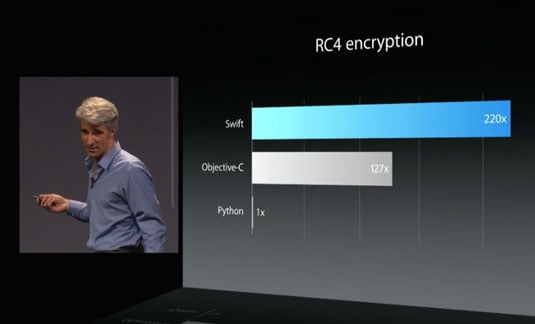The Road To 1000 Downloads
Today is a day of celebration, the cumulative downloads of my 3 iOS games broke the one thousand mark arriving at 1005 downloads!
It is exactly 153 days since the release of the first game.
I don’t know how representative this is of an average indie developer’s experience, but it’s certainly very different than the numbers of Rovio or Supercell. Of course, in all honesty, my games are also less refined. Generally speaking I’m happy, as every one of my releases has racked up downloads faster than the previous ones, and more importantly I have received positive feedback from the gamers.
Below I have added the downloads graph so far. All the games have followed a very similar pattern. The downloads shoot up at release, but crash down within a couple days.

Game of Roads was reviewed by 148apps (http://www.148apps.com/reviews/game-roads-solo-review/) which lead to a nice increase in...
